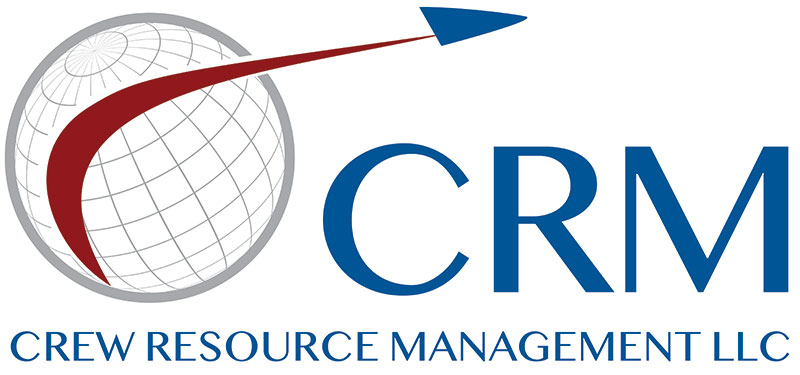 On October 12th of last year, we were dispatched on a flight from Atlanta to Portland. The remnants from Hurricane Matthew had finally cleared in the Southeast at least, but the forecast for our 7:00 PM arrival in Portland was pretty much at Category I minimums. With a couple of decent alternates available and some extra gas, off we went on our five-and-a-half hour journey to the City of Roses.
On October 12th of last year, we were dispatched on a flight from Atlanta to Portland. The remnants from Hurricane Matthew had finally cleared in the Southeast at least, but the forecast for our 7:00 PM arrival in Portland was pretty much at Category I minimums. With a couple of decent alternates available and some extra gas, off we went on our five-and-a-half hour journey to the City of Roses.
As we progressed across the country, the hourly ATIS updates were getting markedly better. We were a little behind on our fuel plan, but with the weather observations trending so nicely, we weren’t too concerned. One last ATIS just minutes prior to our descent stated 1,500 foot ceiling, 10 miles visibility and 5 knots of wind right down the runway. This was going to turn out to be a good night after all!
From somewhere over Nashville until top-of-descent, I had begun to mentally prepare for an easy night. The progressively improving ATIS reports were such a stark contrast to the forecast that they just put me in that, “…nothing to worry about…” state of mind.
What that last top-of-descent ATIS did not state was that we would experience moderate turbulence during most of our arrival. The rocky descent should have been my first clue; not seeing the lights at 1,200, then 1,100, then 1,000 feet should have been a tipoff as well. At 800 feet, with nothing to look at, I was starting to wish that I had done a better job of briefing the missed approach: “Hmmm, was that an immediate right turn or a climb/turn?”
Based on the latest ATIS, my expectation was that I would see something that looked like this by at least 1,000 feet:

Such was not the case: somewhere between the latest ATIS and now, a squall had moved over the field and at 200 feet AGL (Cat I minimums), this is what we saw:

The GO AROUND was not picture perfect, but successful (and safe). On downwind, we started to do some fast fuel calculations and we figured that we had enough fuel for two more misses, then we would be committed to head for our alternate.
On the next approach, the squall had passed, and updated ATIS indicated that weather was back up to 1000 feet, two-miles visibility and calm winds. What could possibly go wrong?
We broke out at about 700 feet – not the 1,000 feet that had been expected – with PDX 28R in sight. At 400 feet, Tower announced, “ATTENTION ALL AIRCAFT WINDSHEAR ADVISORY IN AFFECT; LOSSES OF 20 KNOTS REPORTED ON FINAL, RUNWAY 28R.” The startle reflex took effect, and after giving my mind a moment to digest this news, I initiated a GO AROUND. Now this was getting ridiculous! Around we went – again – now with just enough fuel for one more try before activating “Plan B”.
The third approach turned out to be a non-event: the rain had passed; the windshear was gone and other than a runway change due to the wind shift, life was good again!
The worst part of that night was not that any of it happened – after all, we train for this all of the time! What made it so difficult is that we were not mentally prepared to address the obvious threats. Our reality didn’t even come close to our expectations!
So how did this turn into such a challenging night?!
Answer: COMPLACENCY! The threats that existed in the forecast when we departed Atlanta were still very present when we arrived in Portland. The steadily improving weather observation, including changing wind direction and temperature should have alerted us to the fact that a front was passing and I might want to be on the lookout for associated weather issues including windshear.
And regardless, just like we do for a simulator checkride, we should always brief the GO AROUND like we mean it – every time! If it wasn’t minimums or windshear, it could have been spacing, a runway incursion or an unstabilized approach. Lesson learned: always anticipate, respect and manage the threats, before you have to react to them!

